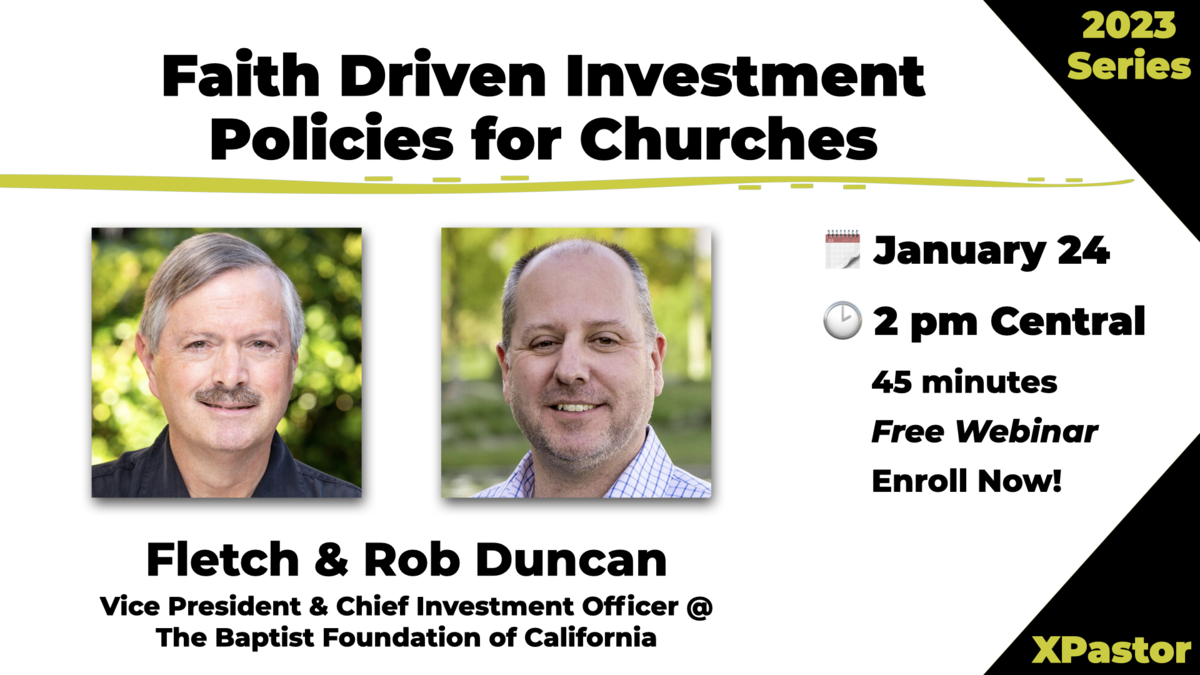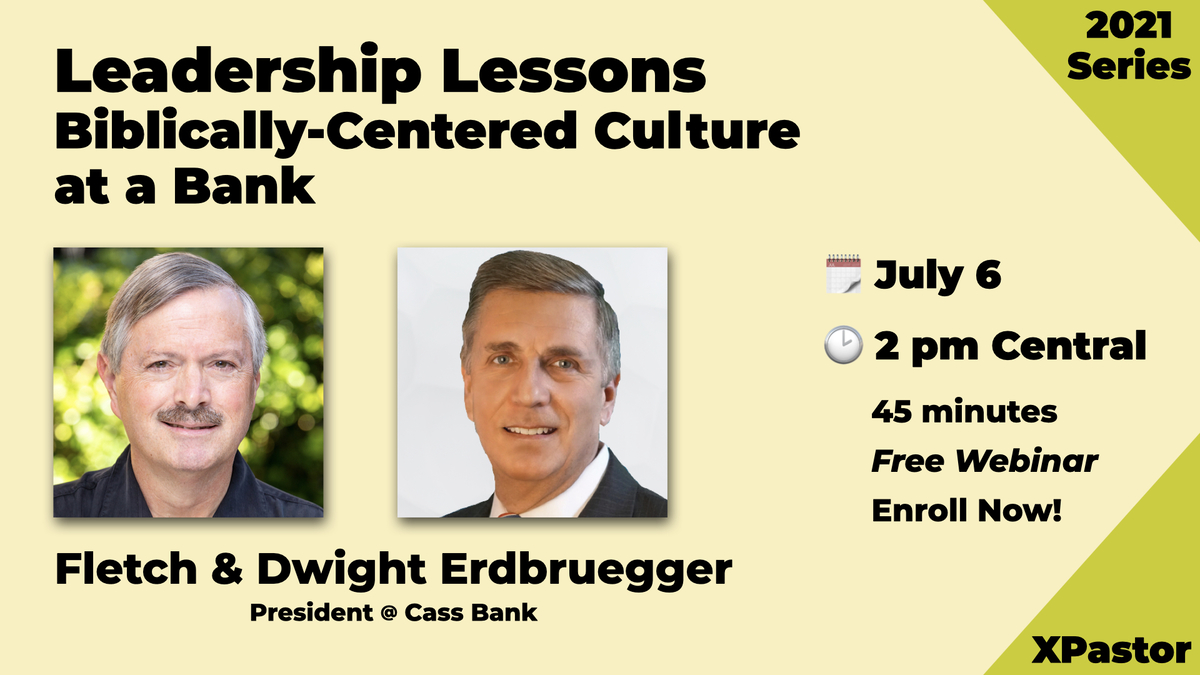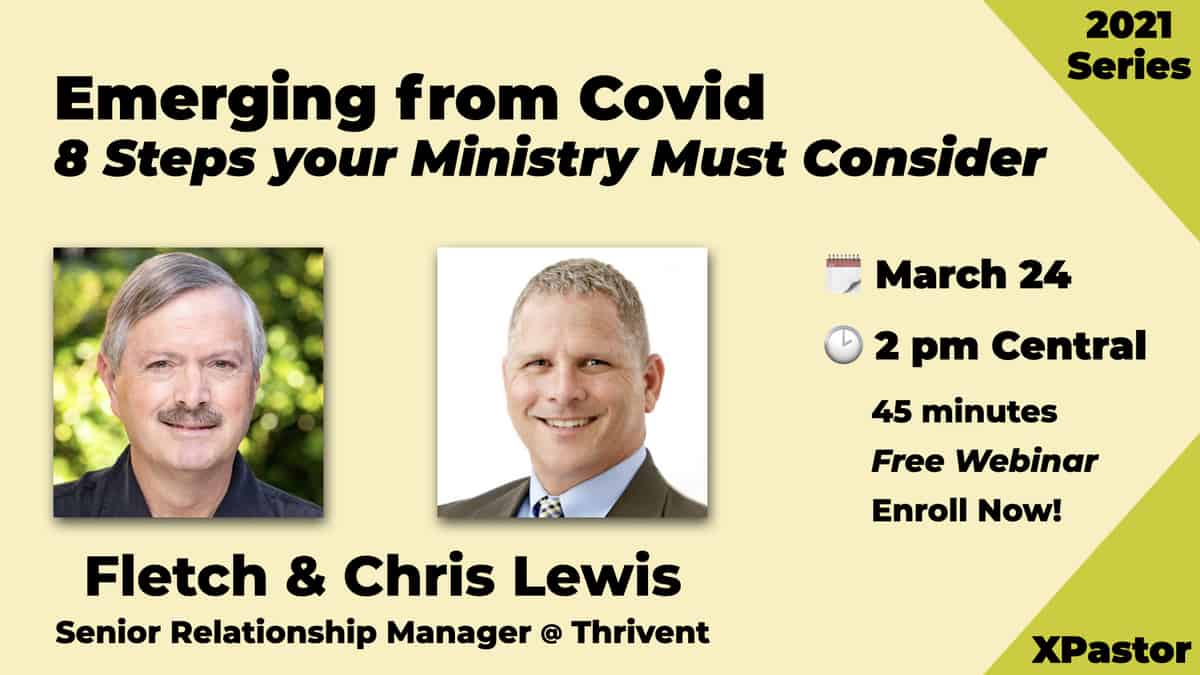It’s hard to spend half a $5 bill. Yet that’s exactly what happens to many churches when givers want to be generous but can’t. For decades, giving in the church remained a familiar process. At some point during the Sunday service, either right after the worship music ended or towards the end of the hour, a giving basket was passed aisle by aisle, with church members faithfully giving as they could. This method worked because people routinely carried cash with them. As the 1900’s grew older, the checkbook grew in popularity, which still partnered nicely with the offering basket approach.
The offering basket survived for years. It wasn’t until banks began popularizing another method of payment, debit cards, that churches started to feel a threat to their methods. Transactions that used to be done using paper were now completed with a simple exchange of plastic. Soon, it was common practice to pay for your groceries by card rather than by check or cash. Churches, however, still held to their timeless tradition of the offering basket. Those same givers were now passing the basket rather than contributing to it, not because their desire to give had changed, but because they had forgotten to bring cash or checks that day. One saying we’ve heard is, “Grandpa paid cash, Dad used checks, and I use plastic.”
Then came the internet.
The internet was a foreign beast. It offered unlimited possibilities but adoption still remained relatively low, due in large part to security concerns and access speeds (remember the dial-up modem??) Many churches had adapted to the use of debit cards by offering forms, but as internet speeds grew, and security concerns lessened, more congregations were asking to give using the internet.
It was too slow now to write down a credit card number on a form, and for some reason that method also felt very insecure. What if someone found the paper? What if the church accountant left my form out on the desk for others to see?
What had been hurdles to internet adoption now became key benefits; users fell in love with the speed and perceived security of transactions.
Since then, the modern churchgoer has become accustomed to using the web for a wide range of financial transactions, social interactions, and business purposes. The unfortunate part is that many churches have been unable to keep up with the rapidly growing pace of digital technology.
Even those who were willing to invest the big money into website redesign projects found that in the time between decision, board approval, and product launch, the technology they had invested in was already outdated.
Many churches looked at this cycle and the rise of mobile internet usage and, perhaps wisely, chose to sit on the sidelines. Why take the financial risk to invest in a technology that may very well be obsolete in a year or two?
The problem with this approach is that giving began to decline. Perhaps you’ve seen it in your own church. Sure, we can still count on the faithful 20% who will give no matter the platform, but the others had begun to give less often.
The seats were still full, but the budget was on the decline. In our work with pastors and church leaders, we hear them vulnerably asking us the questions, “Is it me? Do they just not resonate with our vision anymore? What am I doing wrong?”
After working with and surveying more than 1,000 churches, we identified an amazing correlation between giving technology and church generosity. The problem was not so much with the passion as it was with the system. Using these conversations with pastors and our own survey data, we’ve compiled three myths that many believe about church giving technology. Our hope with sharing these is that they may inspire you to have a conversation with your church team about your own giving practices.
Myth #1: Believing the Cause Can Overcome the Hurdles
As much as we want to do the right thing, there are many times that we just don’t. It’s not for lack of desire, but it’s more about how easy the bad option was for us to take. As an example, I’ve known for years that I need to start eating healthier. I think about it all the time. I do the research. But when I’m in the middle of a busy week, I still find myself reaching for a Red Bull.
Now I know that a healthy smoothie would achieve the same energy boost effect for me, but making a smoothie is so much work. I have to get out the blender, find a knife, cut the fruit, portion things correctly, oh my goodness, I’m getting tired just thinking about it.
But, if someone set a smoothie down in front of me, would I drink it over a Red Bull? Absolutely.
The same principle applies to giving technology. We can have the greatest cause in the world, but if giving is too difficult, most people won’t make it all the way to the “submit payment” option.
In fact, our research shows that up to 85% of mobile users will abandon a donation if the giving process takes longer than 30 seconds. For online forms, with every click, you lose 10% of your potential givers.
How many seconds does your giving process take? How many clicks are involved? Do givers have to refill all the fields each time (name, address, credit card, etc.) or does your form pre-fill those?
Increase generosity by removing the hurdles. In other words, put the smoothie down right in front of them.
Myth #2: Believing People are too Scared to Regularly Send Money Using Their Phones
According to Pew Research, 91% of the world’s population have a cell phone. That’s a crazy number. And in the United States, 56% of cell phone users have a smartphone, with that number increasing exponentially as you look at Americans age 34 and younger.
MIT Technology Review recently reported, “Smartphones are spreading faster than any technology in human history.”
How many in your congregation now use their phone or tablet in place of a paper Bible? How many use their phone to check email immediately following the service? Conducting a majority of our social and business interactions on mobile devices has become commonplace.
It’s time to stop viewing mobile devices as a distraction and instead look at them as an opportunity.
We live in a society where we use mobile phones for a large portion of simple online transactions, including purchasing music on iTunes, funding projects on Kickstarter, or giving by text to disaster relief causes. Our credit card information is stored on numerous sites, all accessible now through apps on our phone, making spending additional money extremely quick and easy.
The fear of mobile payments is gone for most people; instead, it has moved to the far end of the spectrum, where they prefer to use their phone simply because of the speed and ease.
Does your church currently offer a mobile giving solution? Can members contribute by text message?
We even recommend visiting your own church’s website on your phone, and try to navigate through the giving process. How many times did you have to pinch and zoom? How frustrated did you get? How much time did it take to enter in all those credit card numbers?
Increase generosity by embracing the smartphone rather than avoiding it.
Myth #3: Believing Your Administrative Team Can Just Make It Work
Probably the biggest mistake we’ve seen when working with churches is the piece-by-piece approach. They understand they need new giving technology and so they go out and secure an online giving form.
But then members of the congregation say how much they would love to be able to text and give. So the church quickly secures a text vendor. Great! Right?
While it may be great for the end user, things are not always so rosy when we work our way back to the desks of the administrative team. Decisions that are made piece by piece can often neglect the amount of work that is required on the backend.
Even the most dedicated and faithful bookkeeper, as hard as they try, can’t keep these scattered databases accurate—let alone other important elements such as passwords and training documents.
Here are three areas where we see the most problems for administrative teams:
1. Real-Time Updates
What happens when you try to update giver profiles in your database? Keeping these profiles updated in real-time, with address changes, new phone numbers, and payments coming in from multiple methods can be a challenge. The end user expects their information to update in real-time. Unfortunately, without the right integration, this just isn’t possible.
2. Time Consuming Database Errors
You may have noticed this when you sent out the end-of-year tax records. The phone calls begin. A father and son with the same last name have donations switched. An incorrect address now becomes a missing statement or multiple statements are sent to the same giver because they have differing profiles on separate accounts. It takes time to correct these database errors—time you wish your staff could use in different ways.
3. Guessing About the Budget
In addition, it’s difficult to track budgeting, requiring reconciliation from multiple staff members, systems, and data sources. It isn’t always clear if a specific campaign was successful or how and when church members responded. Many churches have, unintentionally, created a system that impedes generosity both for users and administrative staff.
Increase generosity by involving your administrative staff in the decision making process when considering giving technology. A single giving solution which integrates seamlessly into your existing church database is a very, very good thing.
Casting a Vision
Imagine a church experience where the pastor stands before their congregation casting a vision. There’s a family in need, a building needs repairs, a project requires a bit more funding—the things that your church loves to get behind because it makes a huge difference in the community.
Giving information is shared on the screen in the form of a text engagement code or custom URL, and immediately members begin to donate through their phones in as little as ten seconds. As they walk out of the service, they can donate at kiosks in the foyer, where trained staff are present to answer any questions. In addition, when they arrive home, they have the ability to give just as easily whenever they are inspired during the week. It could be as they walk the dog, have their morning devotions, or attend a small group. The process is simple, easy to understand, and uniform across all platforms.
The best part is that administrators, in real time, can see donations and easily get information into your church database.
The above scenario depicts best practices for the modern era of digital technology and mobile giving. It may sound daunting, but with the right vendor partners, churches see increased giving and reduced headaches on the backend.
Here are a few things to look for when researching giving technology:
Flexibility
Can givers give anyway they like? Research which companies have the options of a kiosk, computer, tablet, or smartphone browser and app.
Real-Time Engagement
When a donation occurs, the giver should immediately receive an email receipt, thanking them for their gift.
Speed
It’s always a good idea to walk through the giving process yourself, just to test to see how long the process takes. Having a solution that saves giver information or pre-fills can be very helpful here.
Database Integration
Seamless integration is possible, just make sure to ask. Many church management companies have partnerships with church giving solutions such as Pushpay so you can integrate your giving data easily.
Security
Make sure your vendor is aware of and complies with bank grade security standards. Ask questions about where credit card information is stored and if they used token-based security practices.
World-Class Service
One time set-up support isn’t good enough. A quality giving partner will offer on-going and unlimited support on a 24/7 basis. This is essential for last minute missionary guests or special events.
The resources page on our website contains some great material to get started with the research process, including case studies, giving statistics, and how-to videos. Feel free to contact our team directly if you’d like an analysis of your current giving solutions.
About eChurchGiving and Pushpay: At eChurchGiving, we have a vision to see $1 billion given to the Kingdom via the Pushpay platform. We encourage giving by offering churches best in class technology, and the fastest giving platform available. Let us support you as you create and facilitate a culture of generosity in your church through innovative tools. To learn more, call us at 425-939-8514 or email us at info@echurchgiving.com. To try Pushpay today, text ‘Pushpay’ to 57682 and we’ll send you a link to download the free app.











